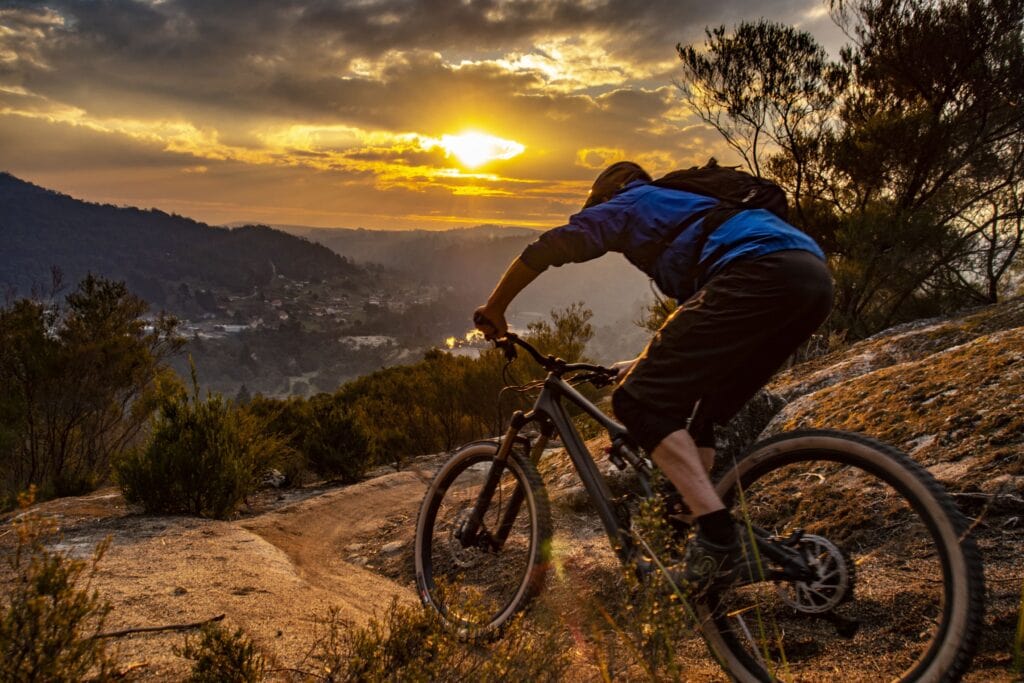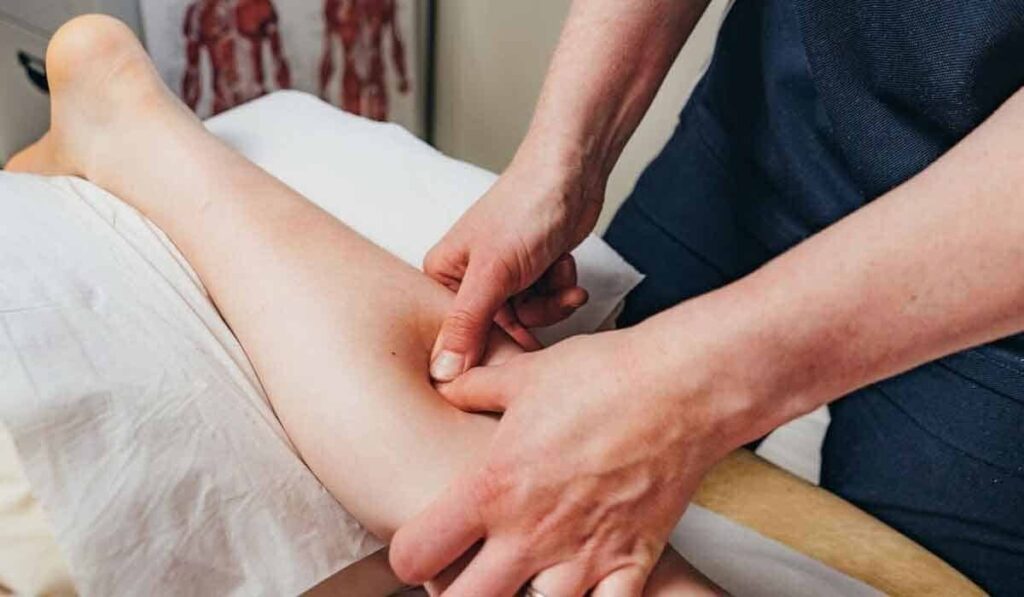Though cycling has a number of benefits for health. But in a recent study, it was found that depending on the amount of cycling you do, may produce a negative impact on your bone health structure such as low bone density. Osteoporosis is one of the bone diseases that can be caused by low bone density and make bones prone to fracture.
With many benefits in cardiovascular disease, cycling act like a whole workout session. So far cycling showed good results in maintaining cardiovascular diseases, but in many of the conducted experiments, researchers found that cycling reduces bone density as well as increases the risk of other bone diseases. Low density means thinning of bones or softer bones that are fragile and can get fractured by any fall or accident.
Specialty Care Clinics guide their patients on how they can take care of their bone health and provides treatment for different bone injuries

EFFECT OF CYCLING ON THE HEALTH OF BONES
In spite of various conflicting results, as per the made observation adult road cyclists who take regular training sessions have a low bone mineral density in crucial locations like the lumbar spine. Whereas, in combination with exercises other types of cycling (for example mountain cycling) can reduce this effect.
An experiment conducted on cyclists and non-cyclist participants, in which individuals who are cycling for years rigorously were found to have a low bone density rate as compared to those who are not performing any activity like this.

WHY CYCLING CAN NOT BE CONSIDERED AS ONE SOLE EXERCISE?
Maintaining a healthy bone structure that isn’t prone to fracture does not need to be solely dependent on cycling. Try to include various forms of exercise that strengthen the bones and also boost bone density. Where in the one side heavy-impact activities like running, playing basketball, or others have provided strength to the bones, and on the other side, low-impact activities like cycling, swimming, etc. lower bone density.
Throughout these years, multiple experiments have been performed to analyze bone health conditions in cyclists. What can be seen in these experiments, read the following:
Cycling does not work as a weight-bearing exercise :
Cycling is not considered a weight-bearing exercise. Peddling hard and continuously riding a bike does not put compression force on your spine. Even though you spend a lot of time in training sessions or riding does not contribute to strengthening bone health. The forces you apply when peddling are not distributed in a manner that creates significant strain on your bone which is essential for bone growth.
Recovery Period :
After training hard for long hours, the recovery time period does not necessarily include weight-bearing activity and most cyclists avoid this too. Not making use of the recovery time period properly leads to weaker bone health.
Reduced Body Weight :
In order to improve their performance, cyclists continuously try to keep their body weight low. Consisted low body mass increase the risk of osteoporosis and osteopenia. Generally, women pose low body mass which is why they lead the number in osteoporosis.
Heightened risk of fracture at the time of the accident :
Low body mass leads to thinning of bones that are prone to fracture or break. Being a cyclist, one can take part in different competitions for fun. For example, riding in contests whether solo or in a group, or with friends can have a situation of falls or crashes that may lead to a fracture of bones.
Cycling can be a great sport or a form of exercise if only added with some weight-bearing exercise or activities. Include weight-lifting exercise that can provide strength to your bone structure and also helps in keeping a firm balance.

MAKE YOUR BONES STRONG BY STRENGTH TRAINING
- Try to induce random force on your bones to stimulate growth
- Be selective while choosing exercises that include large muscle groups
- Take a rest in between your sets to induce the productivity
- Chose those activities that include the lower body area more to strengthen the spine muscle structure
- Jumping, sprinting, and plyometrics in your routine as a part of the workout session
Take an orthopedist’s advice and ask him to suggest you some ways to make your bones healthy. Also, merge cycling with weight-lifting activities to reduce the risk of bone injury and low bone density.

For an orthopedic consultant call Specialty Care Clinics at (469) 545-9983 and book an appointment right away.
